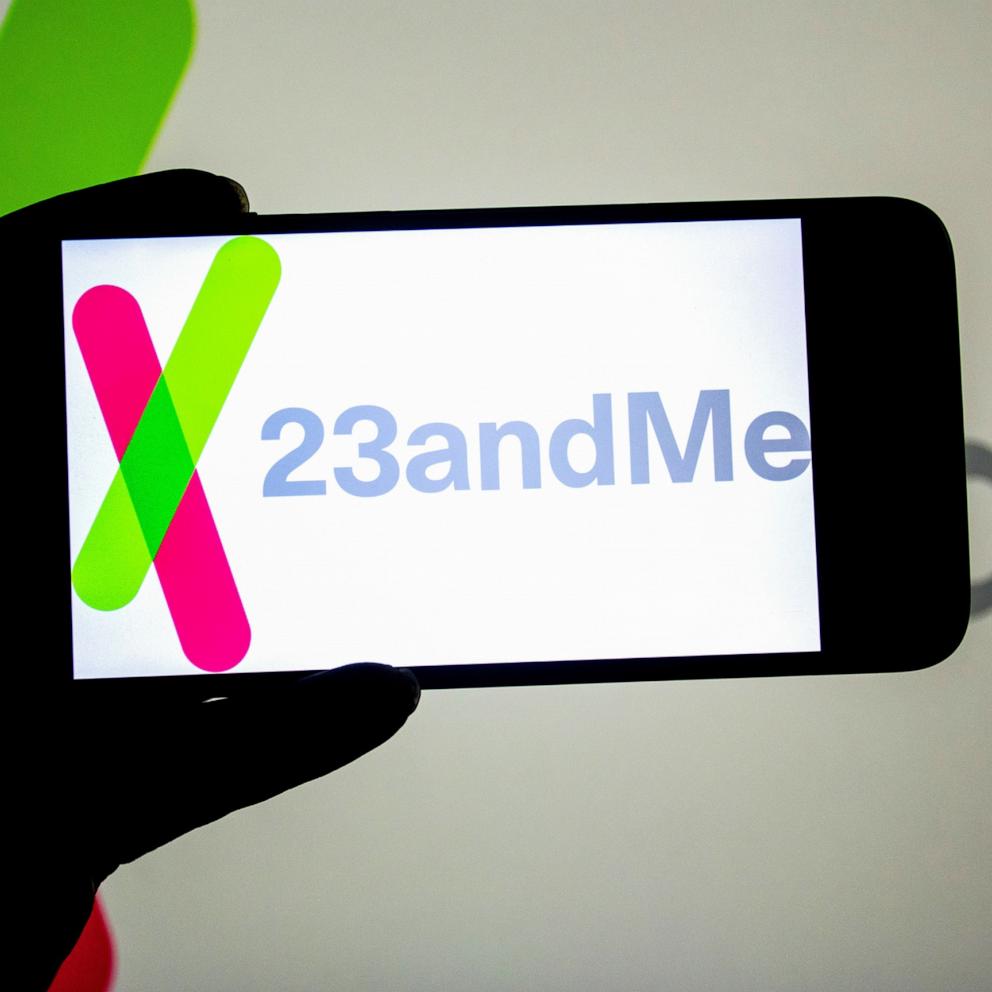Ginsburg's Cancer May Have Been Caught Early Enough
Feb. 5, 2009— -- Despite undergoing surgery for what could turn out to be one of the deadliest cancers known, U.S. Supreme Court Justice Ruth Bader Ginsburg may have a better chance of surviving than most others with the illness, cancer experts said today.
The reason for the optimism is that the tumor found in the center of Ginsburg's pancreas was only about 1 centimeter in length, according to a statement from Memorial Sloan Kettering Hospital in New York City, where surgeons performed the operation to remove it this morning.
A tumor of this size is about as small as is detectable by CT scan, said Dr. Paul Lin, a surgical oncologist specializing in pancreatic cancer at George Washington University Hospital in Washington, D.C.
"She is much more fortunate than most patients who come in because of symptoms from their cancer," he said.
Dr. Joan Bull, a professor of oncology at the University of Texas Medical School in Houston, said that the size of the tumor, which was discovered during a routine checkup in late January, suggests that the cancer was caught at a very early stage, possibly before it had a chance to spread. If so, it would set Ginsburg, 75, apart from the 60 percent to 70 percent of pancreatic cancer patients whose disease is caught after it has spread to other areas of the body.
"If they did remove [the tumor] totally, with no lymph node or other vascular involvement, it does sound like a good outcome," Bull said, adding that treating pancreatic cancer at stage 1 gives patients a high chance of survival.
And Dr. Martin Makary, a pancreas surgeon and director of the Johns Hopkins Center for Surgical Outcomes Research in Baltimore, said that there is still a slim chance that the tumor was not cancerous.
"It can be a benign tumor but most of the time it is cancer," Makary said. "Lots of times, there is no perfect way to know for certain whether it's cancer or not based on preoperative testing. The only sure way is to remove it. ... When in doubt, take it out."
Still, it is likely that the tumor that was found by doctors is an adenocarcinoma, by far the most common kind of tumor found in the pancreas and also the most deadly.
And among all cancers, pancreatic cancer comes with one of the worst prognoses. The American Cancer Society puts the odds of surviving five years after being diagnosed in the early stages with the disease at 37 percent. In comparison, the five-year survival rate for early-stage breast cancer and early-stage prostate cancer is virtually 100 percent. Early-stage colon cancer, which Ginsburg weathered in 1999, carries a 93 percent five-year survival rate.
Whether Ginsburg will emerge as successfully from what could be pancreatic cancer remains to be seen.
"Justice Ginsburg's success in beating back a diagnosis of colon cancer nearly 10 years ago has inspired and given hope to many in the cancer fight," Dr. Otis Brawley, chief medical officer for the American Cancer Society, said in a statement issued today. "This new diagnosis is unfortunate, and we take hope in reports that this was apparently an early stage of the disease, and wish her well, offer our support and prayers, and want to encourage her in what we know is going to be a challenging course of therapy."
Although the hospital has not yet released the exact details of Ginsburg's operation, most pancreatic cancer patients undergo what is known as a Whipple procedure. In this surgery, parts of the pancreas are removed along with parts of the stomach and small intestine, the gallbladder, part of the common bile duct, and some nearby lymph nodes.



